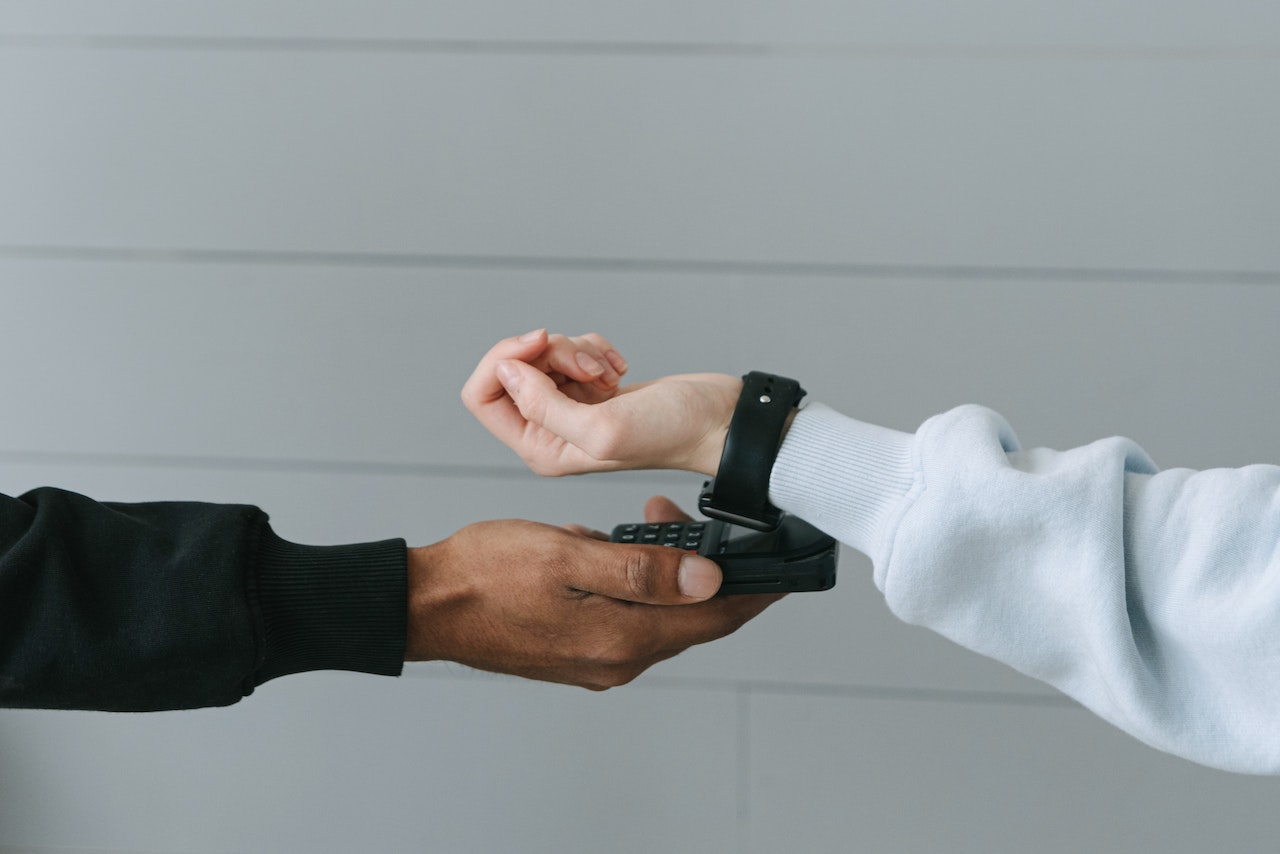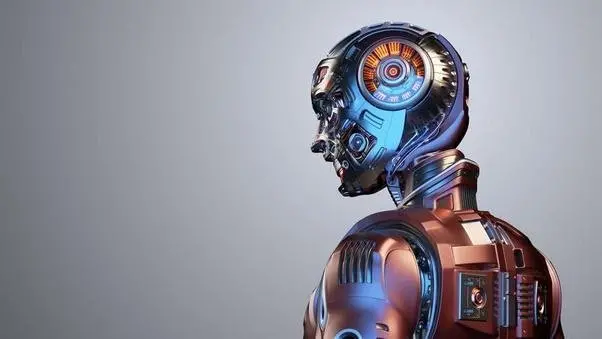TECHNOLOGY
How Digital Tech Is Transforming Retail

Digital technology is transforming every aspect of the world we live in, and retail stores are one of the primary places consumers are feeling the change.
Technology is changing the way we shop and pay for purchases, and even check out our purchases. Here is a quick guide to some of the major changes that digital technology has made to the retail customer experience, and what we can expect from the near future.
Rise Of The Robots

Take a trip to any store and you will find self-checkout technology. This is one of the first customer-facing transformations that digital technology has brought to retail spaces. At supermarkets, fashion outlets, and hardware stores, consumers are being encouraged to check out their own items and complete their purchases with little to no staff supervision. This is a much more convenient way to shop for most people, and traditional checkouts are often available for those that prefer old-school customer service.
The technology is not only more cost-effective to operate, but it is also simple and cheap to buy too. Even small, family-run stores can afford to implement the tech. With the help of Kiosk Buddy, any tablet can be transformed into a self-checkout system. Their simple-to-operate app can easily be integrated with existing points of sale and makes shopping and payments quick and convenient for customers. This frees up existing staff to concentrate on stocking shelves or handling customer queries.
Your Phone Is Your Wallet
More and more consumers are now using their smartphones to make their purchases. This comes with many added benefits for both retailers and consumers, the biggest of which is the speed of service. No longer do people need to search for their cards or count their cash during checkouts. With a simple tap of their phone, they can make regular purchases and keep track of their spending all in one place. Some electronic point-of-sale systems can even provide them with an itemized digital receipt.
Making payments with a smartphone using ApplePay or Google’s Wallet is not only quick, but it is also more secure. These apps often use biometric features like fingerprint or face recognition to allow payments. This is better for both consumers and retailers as it reduces the chance of fraud or theft. Cash is becoming a less common way to pay in retail, which makes many aspects of running a store quicker and easier.
Engagement Through Apps

The lines between traditional in-store commerce and online eCommerce are becoming blurred. Brick and mortar retailers are beating their online competition at their own game by using their apps and websites to increase consumer engagement and get shoppers back where they belong; in their stores. More and more retailers are tailoring their apps to their consumers and pushing offers and discounts based on in-store purchasing.
Some stores use their apps as a way for consumers to earn points or take advantage of app-only discounts on popular products. This not only helps consumers save money by shopping in the store, but it also generates valuable consumer-based data that retailers can use in several ways. The data can help them identify trends, offer consumer-specific deals, and refine the customer experience they offer to help them retain their customers and keep them coming back.
Bluetooth Beacons Beckon Shoppers
The fastest-growing retail tech today is Bluetooth beacons. These are Bluetooth devices placed throughout the store that can notify shoppers of sales, promotions, and even the locations of their favorite products. With these notifications enabled, shoppers can take advantage of specific deals and discounts while retailers can promote or push products to help generate sales. These beacons can also be used to send shoppers advertisements for other products and services, creating a new revenue stream for retailers.
The Bluetooth beacons can be part of a wider system that integrates other consumer information to make targeted advertisements and offers. If a consumer has visited the retail website and looked at a product or added it to their wishlist, the system can tell them where they can find that item in a store and even offer them a coupon. This can help drive sales and maximize consumer spending while in the store. These beacons are going to become much more common in the near future and help consumers to make more purchases while they are in the store.
These are just the first of many changes. As the competition between online commerce and in-person shopping increases the lines between the two will blur even further. Digital technology is changing how we find, choose, and pay for our products as well as how we check out from the stores.
Bigger changes will come in the future and will benefit both consumers and retailers. The biggest winners from these changes will be the companies who provide the hardware and software that makes these changes possible.


















You must be logged in to post a comment Login